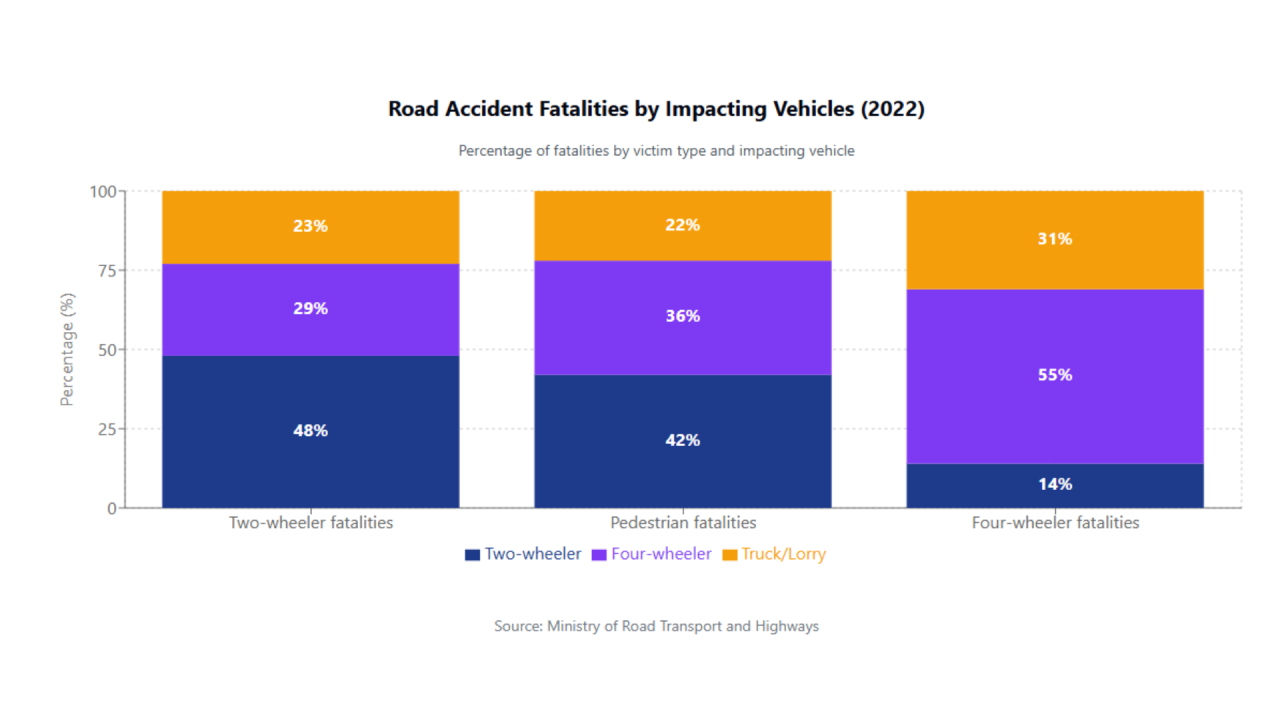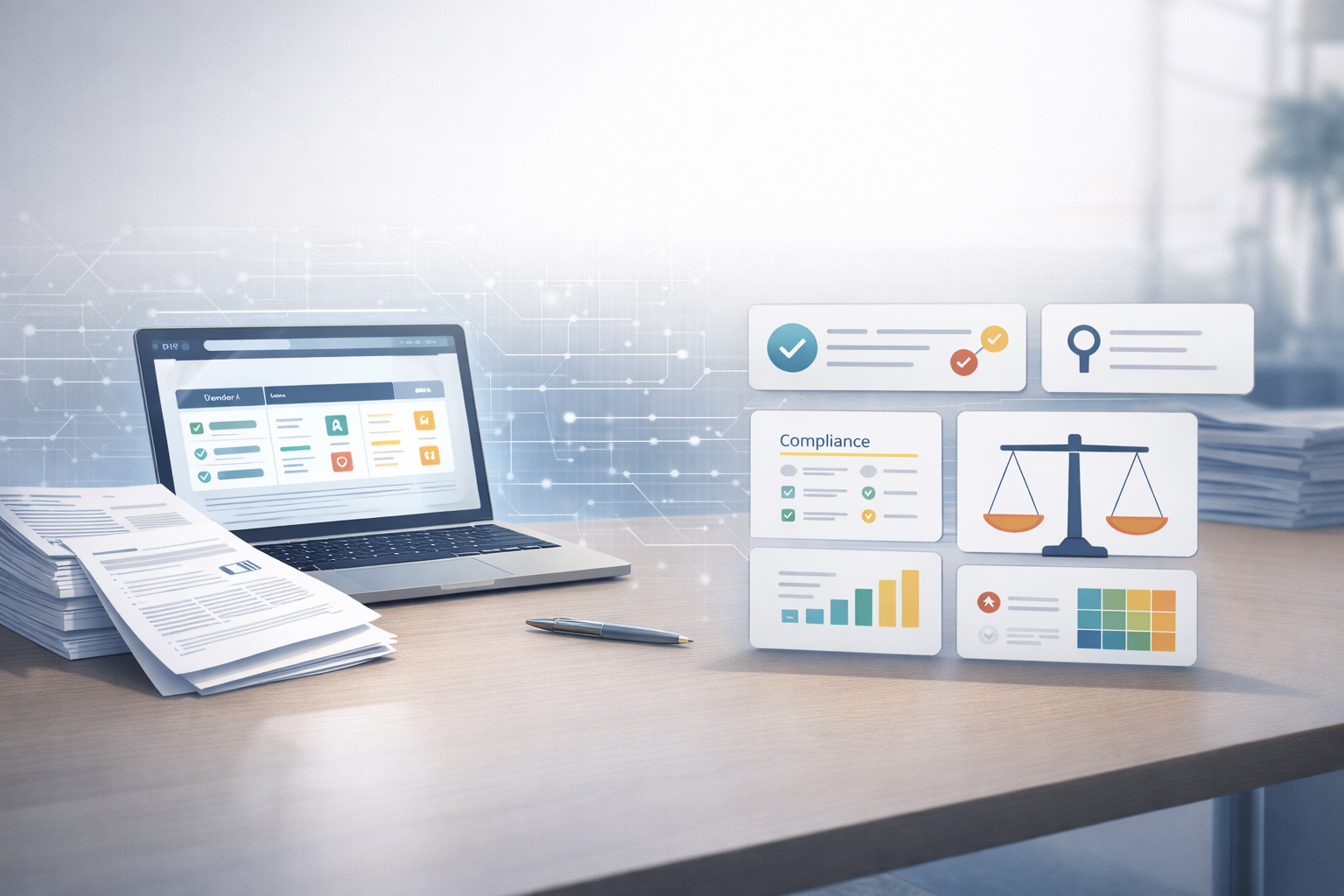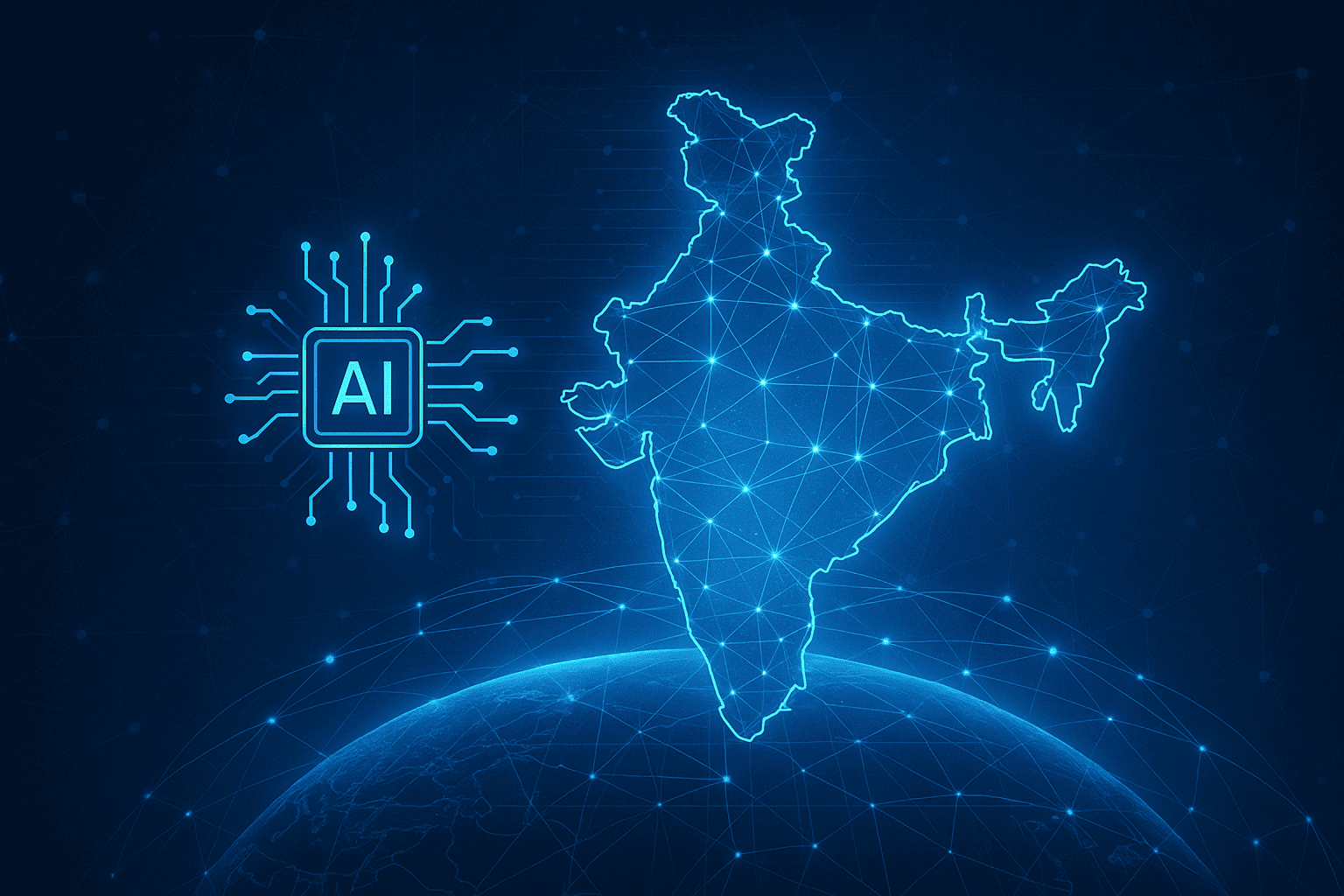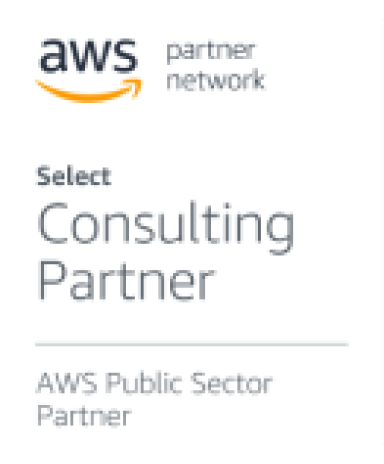In metro cities, long weekends are like a break people look forward to. It’s a time to relax and let go of the stress from work. But before these breaks, the daily routine is often stressful. People rush to catch the metro, trams, or local trains, squeezing into crowded spaces to get to work. It’s like crossing a zebra crossing—feeling like a risky move, with the chance of an accident always there. Despite all the effort, most still end up being late. Often, the first call of the day happens while commuting.
On the roads, impatience is everywhere. People honk unnecessarily, speed, and try to save time, but it only makes things worse. After a busy workday, many either go to a party or head home, only to face the same routine the next day.
So, who is to blame for all this? Is it the people, or is it the lack of proper infrastructure in our cities? Our cities are overcrowded, and the infrastructure can’t keep up. The below images are showing the composition of it and the impact on it.


Speeding on Roads: A Growing Problem
In the last 5-6 years, road accidents in India have caused over 20-21% of deaths not related to age, and this number continues to increase by 5-6% each year. Speeding is the leading cause, contributing to nearly two-thirds (63%) of all accidents, according to the National Crime Records Bureau (NCRB). In 2020 alone, India recorded 151,000 road deaths, with speeding being a major factor in the fatalities. Shockingly, the age group most involved in these accidents is between 15 and 20 years old. These young people, who should be building India’s future, are often seen speeding on roads in their 2-4 wheelers, sometimes even luxury cars used to test human durability, as seen in the Pune case last year.
The impact of speeding is widespread. A study by the World Health Organization (WHO) showed that speeding on urban roads increases the risk of fatal crashes by up to four times compared to moderate speeds. In fact, roads with higher speed limits witness a greater number of collisions, many of which could have been avoided with better speed control. Urban road fatalities due to speeding are a growing concern across not only metro cities now it the problem of tier 2 and some tier 3 cities where people often exceed speed limits, especially during rush hours.
While it’s important for young drivers to chase excitement, they often channel it in the wrong place—on crowded streets instead of a racetrack. Many of these individuals end up not reaching their destination on time, or worse, they don’t make it at all.
The Reality of speeding in India
Speeding remains a common and deadly problem. According to the Indian Ministry of Road Transport and Highways (MoRTH), speeding-related accidents account for nearly 50% of all road accidents in urban areas, In a recent survey, it was found that over 40% of drivers in major Indian cities routinely exceed the speed limits by 20 km/h or more. This trend is exacerbated by poor road conditions, lack of speed enforcement, and inadequate traffic management systems. The below image is enough to show the variation of accident in rural and urban

Moreover, speeding tickets and traffic fines have not proven to be as effective as expected in curbing the problem. Data suggests that the fines, while they serve as a deterrent, are not enough to stop habitual overspending .
The Solution: Vision Analytics for Speed Detection
So, what can be done to solve these challenges? The answer lies in using a basic approach—having someone to observe the movement of vehicles at certain points, measure the distance, and then using simple calculations to determine the speed and categorize it as overspeed. Technologies like LiDAR, RADAR, ultrasonic sensors, and microwave detectors are commonly used for speed detection, but these can be expensive and hard to scale across cities. A simpler, more cost-effective solution is vision analytics.
How Vision Analytics Solves the Problem: A Simple Story
Imagine a busy street in a bustling city—cars rushing by, bikes weaving through traffic, and everyone trying to get to their destination. It’s chaos, right? But what if we could make sense of it all, reduce accidents, and make the roads safer, all while saving money? This is where vision analytics steps in—simple, effective, and ready to transform how we manage traffic.
Here’s how it works:
- Snap the Car – A roadside camera captures quick photos as the vehicle passes by. No fancy radar or sensors—just a straightforward camera capturing what’s happening on the road.
- Off to the Cloud – The images are sent instantly to the cloud, where they’re processed in real-time.
- Finding the Vehicle -The AI system identifies the car and tracks its movement along the road.
- Measuring Its Motion – The system calculates the car’s speed based on the distance covered between two frames.
- Speed Limit Check – The system compares the car’s speed with the posted speed limit. If the speed exceeds the limit, the violation is flagged.
- Flagging a Violation – The system freezes the frame, zooms in on the license plate, and records the vehicle’s speed.
- Instant Alert – The authorities get an immediate alert, and the driver is notified via their mobile app.
The Key Benefits of This Solution
- Cost-Effective: Forget expensive radar and sensor systems. All you need is a simple camera and cloud technology.
- Real-Time Monitoring: Speed violations are detected and flagged instantly.
- Scalable: The solution can be expanded across multiple areas without significant additional cost.
- Improved Road Safety: Detecting speeding violations in real-time helps prevent accidents and saves lives.
Short-Term and Long-Term Benefits
- Short-Term: In real-time, a driver speeding down the road gets caught, and authorities are alerted instantly. This quick response can prevent accidents from happening.
- Long-Term Impact: As efforts to stop overspeeding gain momentum, awareness of speed limits will significantly increase, leading to better adherence to traffic rules. Over time, stricter enforcement and public awareness will reduce the incidence of speeding, ultimately making roads safer for everyone. This shift will foster a culture where responsible driving is the norm, ensuring safer commutes and fewer accidents for all road users.
Valiance Solutions offers AI-powered computer vision solutions focused on improving safety and security. One of their products, CivicEye, is designed for real-time speed detection and traffic management. By leveraging AI and computer vision, CivicEye detects overspeeding and traffic violations and provides real-time alerts to both authorities and drivers, helping to reduce accidents and improve road safety. With its simple and scalable approach, CivicEye offers an effective solution for cities looking to improve traffic management and ensure road safety.









